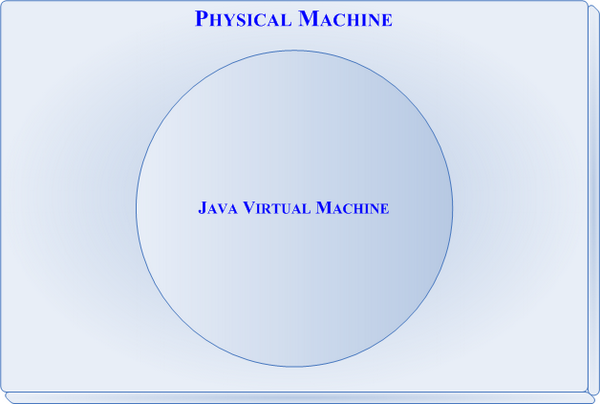

No problem, it works as intended on machines with Windows 7 till Server 2019 and everything in between. Created an archive from it and distributed this on several workstations and servers (Intel and AMD). Thought I tried that after seeing that Oracle database client software (for Windows) uses the same trick. By doing this, AsciiDocFX can be used as a portable application without the need to have Java installed. It raises the allowed memory to 256 Megabyte. If your application does not run fine afterwards, try raising the memory to 512 or even 1024 Megabyte instead.Īt work computer (i5, 16GByte RAM) I added the JRE folder (1.8) of another system to the AsciiDocFX editor’s root folder. The setting is available right away, you do not need to restart the computer first. Enter _JAVA_OPTIONS as the variable name.Click on advanced system settings on the left.
#Java virtual machine jvm windows 7 manual
You can alternatively open the control panel manual to go there if you prefer it that way.


Check the InitialHeapSize and MaxHeapSize values here (displayed in Bytes). Java on Windows uses an initial size of 16 Megabyte and a maximum of 64 Megabyte. You can find that out by yourself by running the command java -XX:+PrintFlagsFinal -version on your machine.


 0 kommentar(er)
0 kommentar(er)
